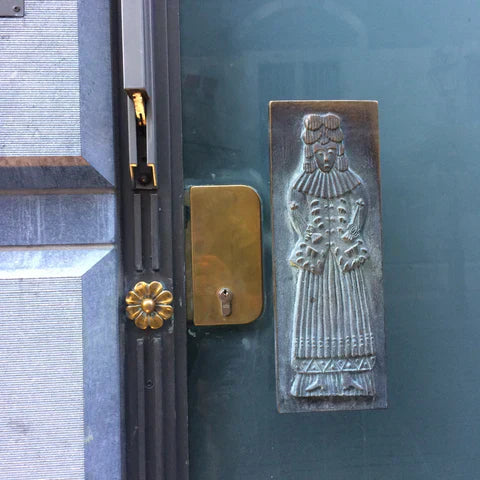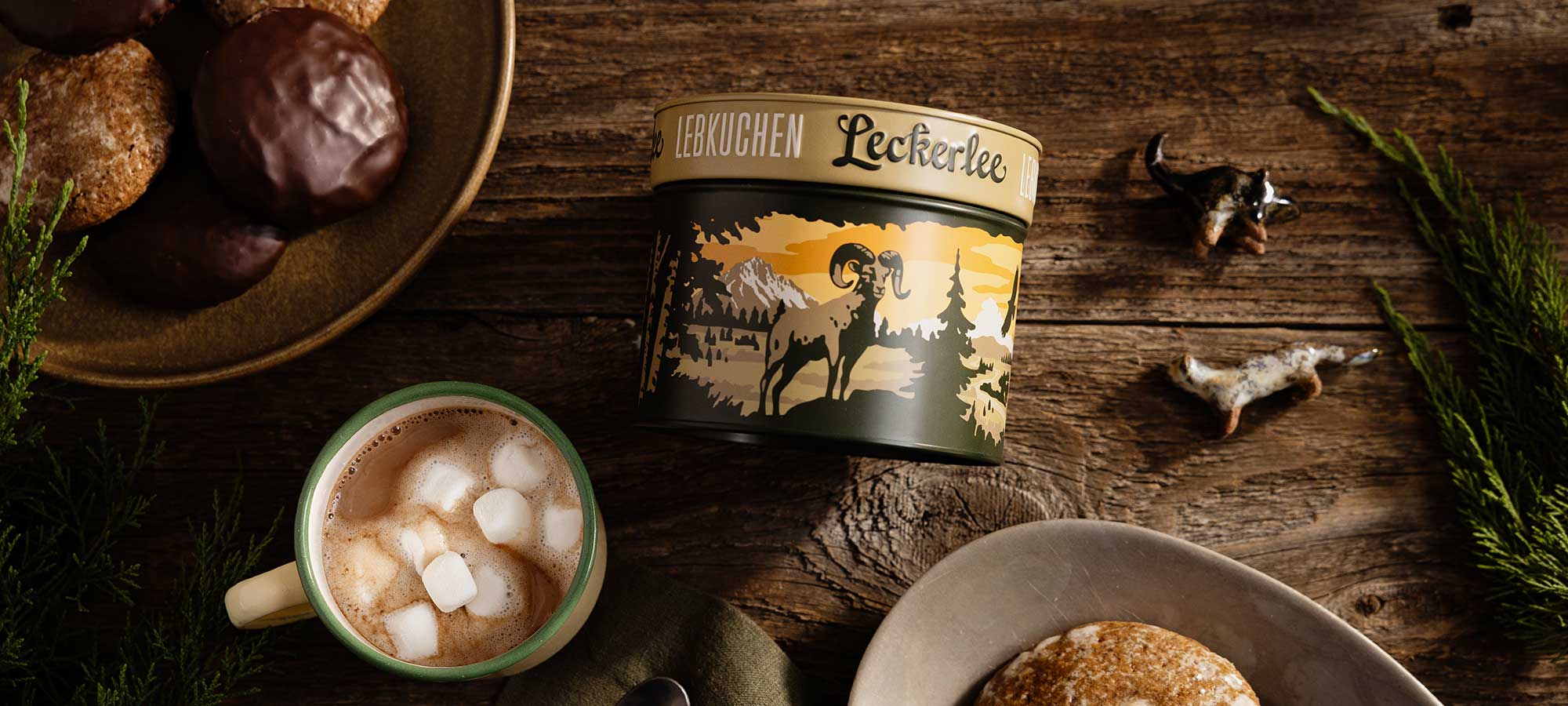Discovering Printen in Aachen

My first visit to Aachen, Germany was in 2007, when, on a detour from Amsterdam, I serendipitously found myself in the small border town.
It was there that I discovered the local specialty printen, a taste that stayed with me for many years. I remember trying all the varieties I could find and stuffing my suitcase with as much printen as it would fit.
That initial visit to Aachen predated my first encounter with lebkuchen by two years. In hindsight, it was a sign of the things to come…
The city of Aachen rests on the western edge of Germany, within walking distance of both Belgium and the Netherlands. A former Roman spa known for its exceptionally warm waters, Aachen rose to prominence in the 8th century when Emperor Charlemagne selected it as the center of his vast empire.
For centuries to come, Aachen served as one of the centers for Western culture and the coronation site for 31 German kings and 12 queens. While most come to beautiful Aachen to take pleasure in its rich past, on this trip in 2018 (my third), I came to enjoy the present by gorging on Aachener printen.
What Makes Printen Unique
A close cousin of lebkuchen but delicious in its own right, printen is also a traditional German treat usually found only during the holidays. Luckily for summer travelers, printen is sold year-round in Aachen.
Printen is wheat-based (rather than nut-based, like Nuremberg Lebkuchen) and traditionally a hard biscuit, sweetened not with honey but with syrup and bits of crystallized sugar. Many of the spices are the same as those found in lebkuchen - cinnamon, cloves, anise, ginger, coriander, and cardamom. Printen bakeries closely guard their secret recipes, which are often handed down from generation to generation.
Printen’s roots can be traced back to the Couque de Dinant, a hard, sweet biscuit made of wheat flour and honey, which originated in Dinant, Belgium.


Hard printen can be a real workout for one’s jaw, but it can be softened by dipping in coffee, or allowing it to absorb moisture in the air (one trick is to store it with cut apples and bread).
Bakeries also do the work for you, offering soft printen that has been intentionally exposed to a humid environment before being fully enrobed in chocolate (to seal in the moisture).
Exploring Aachen and Its Bakeries
Wandering through the medieval town center, I visited numerous printen bakeries, such as Nobis, Klein, Drouven, and Alois Roderburg Printenhaus, sampling the wares and enjoying the elaborate displays.


Between printen feedings, I was able to take in a bit of the town. The magnificent Aachen Cathedral, Germany’s first UNESCO World Heritage site and home to Charlemagne’s remains, looms over the old town. A marriage of Carolingian and Gothic styles, the cathedral hosts over 1.2 million visitors per year.

If you like lebkuchen, you will almost certainly like printen, as it offers a similar flavor profile with a distinctly different texture. We hope to one day learn to master the art of baking printen so that we can share this treat with you.
Until then, I guess we’ll all just have to pay a visit to the charming city of Aachen!
Bring Tradition Home
While we’re not baking printen (yet!), exploring Aachen reminded us how special it is to keep traditional recipes alive and share them with others.
At Leckerlee, our passion is bringing you authentic Nuremberg lebkuchen, baked with the same care and craftsmanship. You can discover all of our seasonal lebkuchen in our shop – the perfect way to enjoy a taste of tradition without a trip to Germany.







